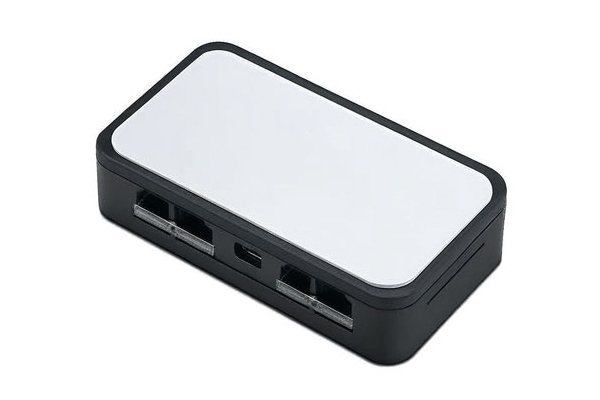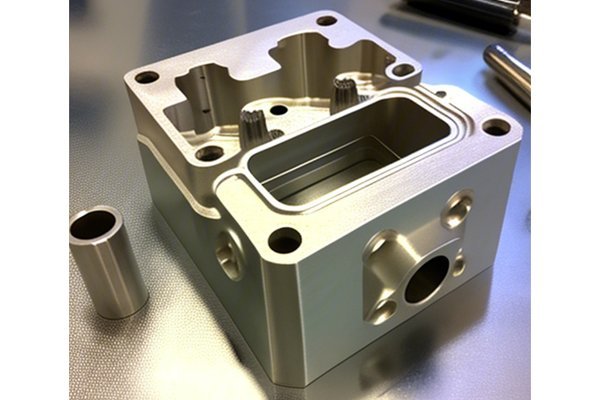Opening: An Eye-Opening Statistic
Did you know that approximately 30% of all structural failures in engineering can be traced back to material fatigue? In the realm of CNC (Computer Numerical Control) processing, understanding fatigue resistance is crucial—not just for the longevity of parts, but also for safety and efficiency in application. Whether you’re engaged in aerospace, automotive, or medical device manufacturing, the materials you choose can either enhance or detract from your product’s performance.
This blog aims to delve deep into the differences in fatigue resistance across various materials used in CNC processing, uncovering why your choice of material matters immensely.
Understanding Fatigue Resistance
Fatigue resistance refers to the ability of a material to withstand cyclical loading without experiencing failure. This property is particularly important in industries such as aerospace and automotive, where components undergo repeated stress throughout their service life. Fatigue failure is often gradual and can go undetected until it’s too late, making it essential to select materials with appropriate fatigue resistance characteristics.
Factors Affecting Fatigue Resistance
Common Materials Used in CNC Processing and Their Fatigue Resistance
Now let’s examine some popular materials used in CNC processing and how they perform in terms of fatigue resistance:
Aluminum is known for its lightweight character, making it a popular choice for applications where weight is a critical concern. However, not all aluminum alloys exhibit the same fatigue resistance.
Best Practices for CNC Processing: Optimize tool paths to reduce machining stresses and utilize heat treatment processes to improve the material’s microstructure.
Steel is inherently strong and can be alloyed with various elements to enhance its fatigue resistance.

Best Practices for CNC Processing: Employ proper cooling techniques during machining and finish the surface to desired specifications to minimize stress risers.
Titanium and its alloys are renowned for their superior fatigue resistance and strength-to-weight ratios.
Best Practices for CNC Processing: Utilize appropriate cutting tools designed for titanium, as it tends to gall and wear tools quickly. Additionally, use chillers to maintain low temperatures during processing.
Composite materials often present a unique set of fatigue characteristics, depending on their constituent materials.
Best Practices for CNC Processing: Maintain low cutting speeds to avoid excessive heat buildup, which can degrade the matrix material’s performance.
Evaluating Fatigue Resistance in CNC Processed Materials
Testing materials for fatigue resistance often involves cyclic loading tests, such as the S-N curve (stress vs. number of cycles). These tests can help engineers determine how long a material will last under specific loading conditions.
Addressing Challenges in Material Selection
: The Importance of Material Selection
The intricacies of CNC processing and material fatigue resistance cannot be overstated. The right choice of material fundamentally influences not only the performance but also the longevity and safety of the final product. As industries continue to evolve toward more demanding applications, engineers must adopt a more nuanced understanding of material properties.
Choosing the appropriate materials based on their fatigue resistance characteristics will not only enhance product quality but will also ensure safety and reliability in applications that truly matter.
As we wrap up this detailed exploration of fatigue resistance in CNC processing materials, we encourage you to consider how this knowledge can be applied to improve your projects, minimize failures, and embrace innovation in material selection. Remember, informed decisions lead to superior outcomes.
This comprehensive understanding of fatigue resistance in various materials used for CNC processing serves as a crucial reminder of the thoughtful choices engineers must make—choices that can either fortify structures or lead to catastrophic failures. So next time you embark on a CNC project, think critically about your material selection and the repercussions it may hold down the line.






